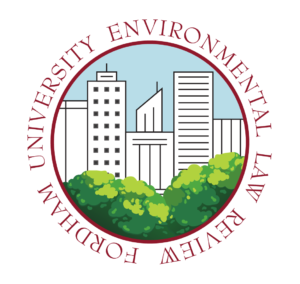Environmental Justice and the Crisis in Texas
by Sarah Walsh, Fordham Environmental Law Review, Environmental Justice Columnist
Earlier this month in Texas, Winter Storm Uri brought ice, snow, and the “coldest three-day stretch ever on record”. It was widely known that millions in the state that were left without power and heat; however, what didn’t receive enough attention was that many of these people were/are low-income, nonwhite families. This was another example of those most vulnerable to climate change and COVID-19 being disproportionately affected by climate disasters.
According to data from the U.S. Census Bureau, Black and Hispanic families are more than twice as likely as white households to live under the poverty line in Texas. Many of these families are living without sufficient insulation to protect themselves from the cold or without shelter entirely. It is harder for these families to relocate when the weather gets dangerous.
The COVID-19 pandemic made the aftermath of the devastating storm and dangerous temperatures even worse. Mike Nichols, CEO and President of Coalition for the Homeless of Houston and Harris, Fort Bend and Montgomery counties explained, “dealing with the virus, in a storm like this, means our normal emergency shelters cannot take in new people.” Normal operating capacity has been cut in half due to social distancing protocols. The George R. Brown Convention Center (which was acting as a temporary shelter) only accepted about 800 people – a fraction of its regular capacity during emergencies. For comparison, during Hurricane Harvey, the center acted as a shelter to over 10,000 people.
According to the Electric Reliability Council of Texas, the company that operates the 90% of the state’s power grid, the widespread power outages were primarily caused by natural gas supply shortages and frozen equipment at power plants. This devastating crisis “underscores the deadly risks communities face when the grid goes down, which will happen more often as the occurrence of extreme weather events increases due to climate change.” Yet again, our nation’s low-income and minority communities bear the brunt of climate change harms.

